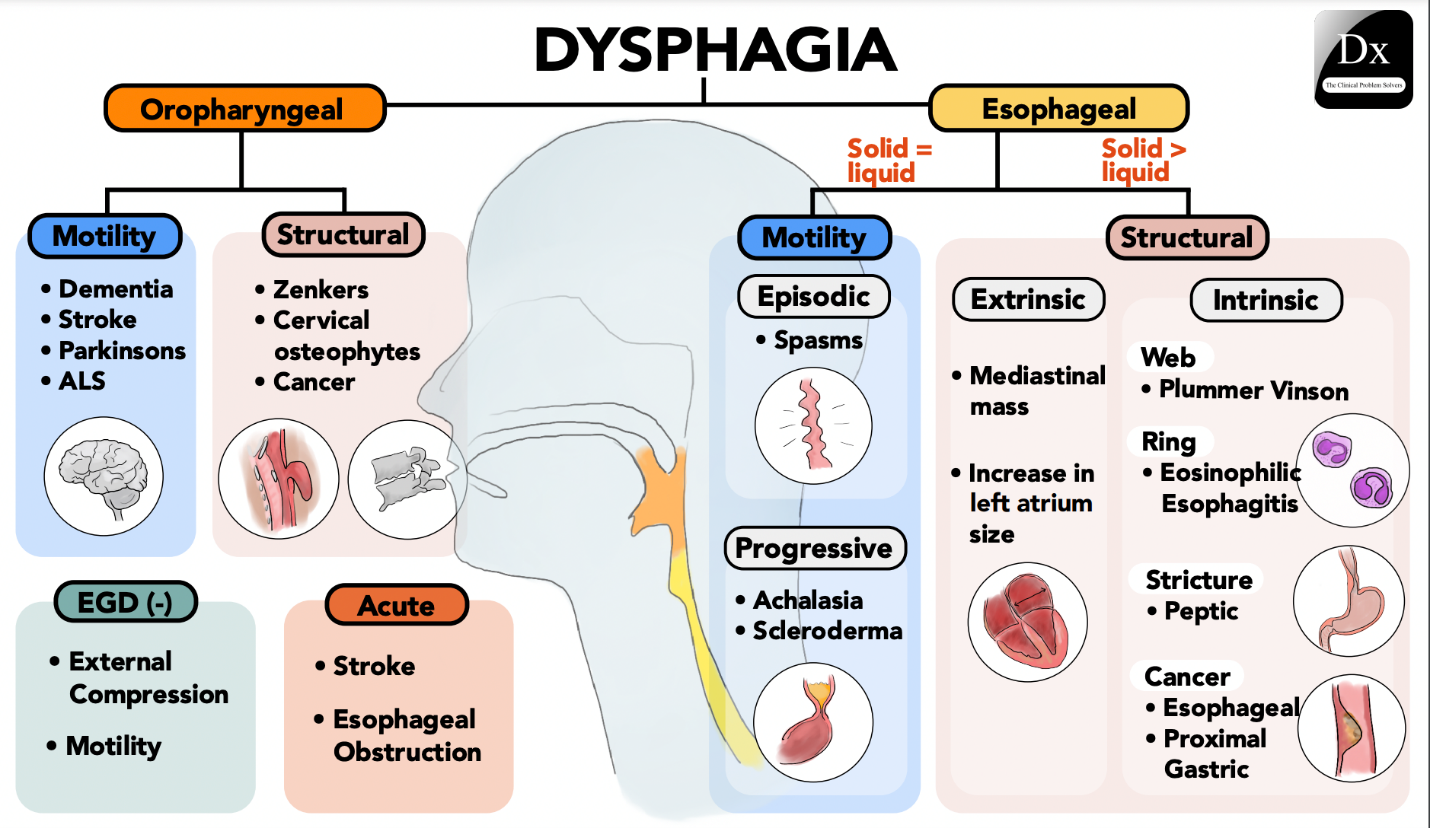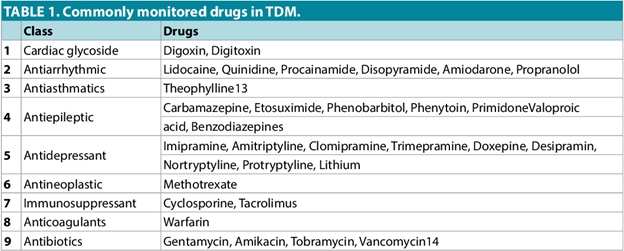A nurse is planning to administer medications to an older adult client who has dysphagia. Which of the following actions should the nurse plan to take?
Place the medications on the back of the client's tongue.
Tilt the client's head back when administering the medications.
Administer more than one pill to the client at a time.
Mix the medications with a semisolid food for the client.
The Correct Answer is D
A. Place the medications on the back of the client's tongue:
Incorrect Explanation: Placing medications on the back of the tongue can increase the risk of choking and aspiration, especially in individuals with dysphagia.
Explanation: Individuals with dysphagia have difficulty swallowing and are at an increased risk of choking or aspirating (inhaling) substances into the lungs. Placing medications on the back of the tongue can be unsafe and is not recommended.
B. Tilt the client's head back when administering the medications:
Incorrect Explanation: Tipping the head back can worsen swallowing difficulties and increase the risk of choking or aspiration.
Explanation: Tipping the head back can compromise the natural swallowing mechanism and increase the risk of aspiration. It's important to keep the client's head in an upright position to aid safe swallowing.
C. Administer more than one pill to the client at a time:
Incorrect Explanation: Administering multiple pills at once can increase the risk of choking and aspiration, especially in individuals with dysphagia.
Explanation: Administering multiple pills at once can overwhelm the client's ability to swallow safely. This action can increase the risk of choking and aspiration, which is especially dangerous for individuals with dysphagia.
D. Mix the medications with a semisolid food for the client:
Correct Answer: This action is appropriate and safer for administering medications to an older adult client with dysphagia.
Explanation: Mixing medications with semisolid food, such as applesauce or yogurt, can help the client swallow more easily and reduce the risk of choking or aspiration. It's important to check with the healthcare provider or pharmacist to ensure that the medications can be mixed with food and that there are no interactions.

Nursing Test Bank
Naxlex Comprehensive Predictor Exams
Related Questions
Correct Answer is A
Explanation
A. Insert the needle at least 5 cm (2 in) from the umbilicus: Correct. Subcutaneous injections, including heparin, should be given in fatty tissue away from major blood vessels and bony prominences. The recommended sites are usually the abdomen, thighs, or upper arms.
B. Aspirate before injecting the medication: Incorrect. Aspiration is not required for subcutaneous injections because they are administered into the subcutaneous fat layer, not a blood vessel. Aspiration could cause trauma and discomfort to the client.
C. Massage the site after administering the medication: Incorrect. Massaging the site after administering heparin can cause bruising or discomfort. Instead, it's recommended to apply gentle pressure with a sterile gauze pad for a few seconds.
D. Use a 21-gauge needle for the injection: Incorrect. Subcutaneous injections are typically administered with smaller gauge needles, such as 25-30 gauge, to minimize pain and tissue damage.
Correct Answer is A
Explanation
A. "I will need to have blood levels drawn."
Theophylline is a medication used to treat respiratory conditions like asthma and chronic obstructive pulmonary disease (COPD). It is important to monitor the blood levels of theophylline because it has a narrow therapeutic range – meaning that there is a fine line between a therapeutic dose and a toxic dose. Regular blood tests help to ensure that the client is receiving the appropriate dose for their condition.
B. "I can take my medication in the morning with my coffee." - Theophylline should be taken consistently with meals, so taking it with coffee might not be ideal as it can affect its absorption.
C. "I may sprinkle the medication in applesauce." - Theophylline is usually taken as a sustained-release capsule, which means it is designed to release the medication slowly over time. Crushing or sprinkling the medication can disrupt this mechanism and lead to unintended consequences.
D. "I should limit my fluid intake while on this medication." - There's no requirement to limit fluid intake with theophylline, and in fact, adequate hydration can help prevent some side effects of the medication.

Whether you are a student looking to ace your exams or a practicing nurse seeking to enhance your expertise , our nursing education contents will empower you with the confidence and competence to make a difference in the lives of patients and become a respected leader in the healthcare field.
Visit Naxlex, invest in your future and unlock endless possibilities with our unparalleled nursing education contents today
Report Wrong Answer on the Current Question
Do you disagree with the answer? If yes, what is your expected answer? Explain.
Kindly be descriptive with the issue you are facing.
